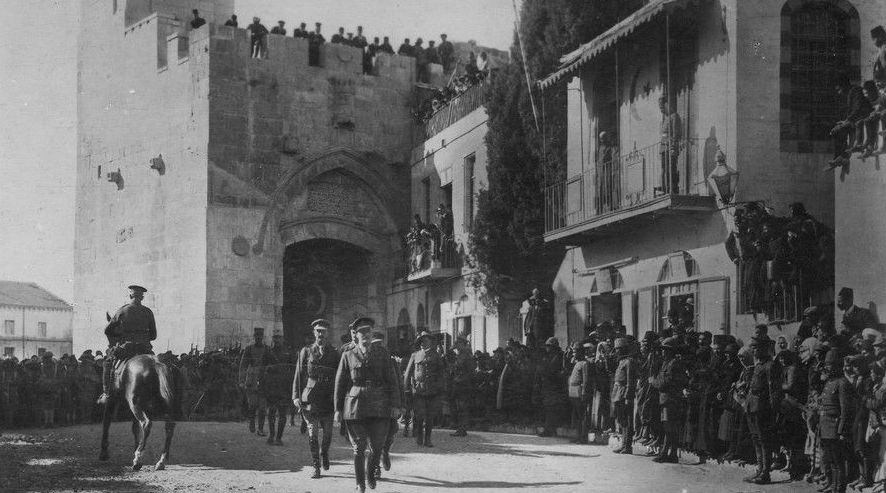Echoes of the Ottoman Past: Istanbul's Historical Soundscape
Istanbul is full of landmarks and objects dating to the Ottoman period that give us a glimpse of the city's material culture. However, the scents and sounds that made up the urban experience of Ottoman Istanbul often elude us. In our inaugural episode of Season 4, we explore the sounds of Istanbul today and link them to city of the Ottoman past.
Stream via Soundcloud:
Stream via Soundcloud:
 | Chris Gratien is a doctoral candidate at Georgetown University researching the social and environmental history of the Ottoman Empire and the modern Middle East. (see academia.edu) |
 |
Emily Neumeier is a doctoral candidate in the Department of Art History at the University of Pennsylvania researching art and architecture in the Ottoman world. (see academia.edu) |
Episode No. 151
Release Date: 3 May 2014
Location: Kurtuluş, Istanbul
Editing and Production: Chris Gratien
Recordings by Chris Gratien and Emily Neumeier
Musical excerpt from the performance of Askeri Müze Mehteran Bölüğü
Bibliography courtesy of Emily Neumeier
This episode is part of our series on Urban Space in the Ottoman World
Note for the listener: This podcast is a synthesis of original field recordings, primary source research, and a reading of widely available information and secondary sources. For the purposes of academic citation, we encourage you to consult these works.
SELECT BIBLIOGRAPHY
Şener Aktürk, "Incompatible Visions of Supra-nationalism: National Identity in Turkey and the European Union" (Bağdaşmayan Ulusçuluk-ötesi Vizyonlar: Türkiye'de ve Avrupa Birliği'nde Ulusal Kimlik), Archives Europeennes de Sociologie/ European Journal of Sociology, 48/2 (Aug. 2007): 347-72.
Zeynep Çelik. The Remaking of Istanbul: Portrait of an Ottoman city in the Nineteenth Century (Seattle : University of Washington Press, 1986).
Nina Ergin, "The Soundscape of Sixteenth-Century Istanbul Mosques: Architecture and Qur’an Recital," Journal of the Society of Architectural Historians 67/2 (2008): 204-21
_____, “Multi-Sensorial Messages of the Divine and the Personal: Qur'an Inscriptions and Recitation in Sixteenth-Century Ottoman Mosques in Istanbul,” in Calligraphy and Architecture in the Muslim World, eds. Mohammad Gharipouri and Irvin C. Schick (Edinburgh: Edinburgh University, 2013).
Shirine Hamadeh, The City's Pleasures: Istanbul in the Eighteenth Century (Seattle: University of Washington Press, 2008).
David Howes, Sensual Relations: Engaging the Senses in Culture and Social Theory (Ann Arbor : University of Michigan, 2003).
Gülrü Necipoğlu, Architecture, Ceremonial, and Power: The Topkapi Palace in the Fifteenth and Sixteenth Centuries (New York; Cambridge, Mass.: Architectural History Foundation; MIT Press, 1991).
Lucienne Thys-Şenocak, Ottoman Women Builders: The Architectural Patronage of Hadice Turhan Sultan. (Burlington, VT: Ashgate, 2006).










Comments
They have some videos on their page that give a sense of what the show looks like.
Post a Comment
Due to an overwhelming amount of spam, we no longer read comments submitted to the blog.